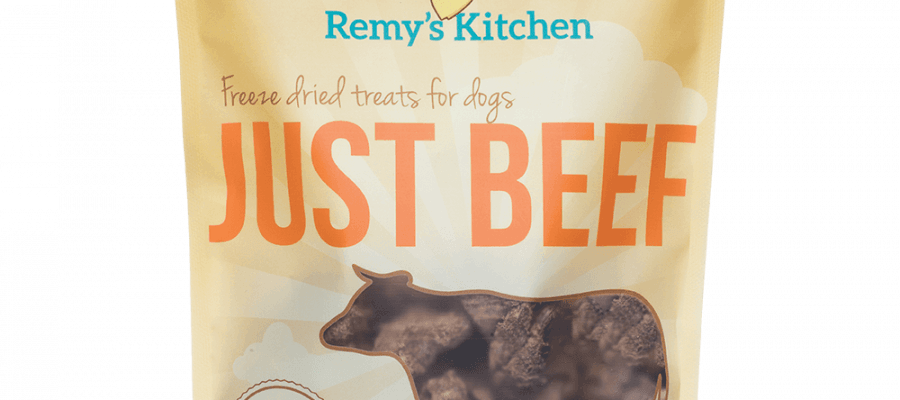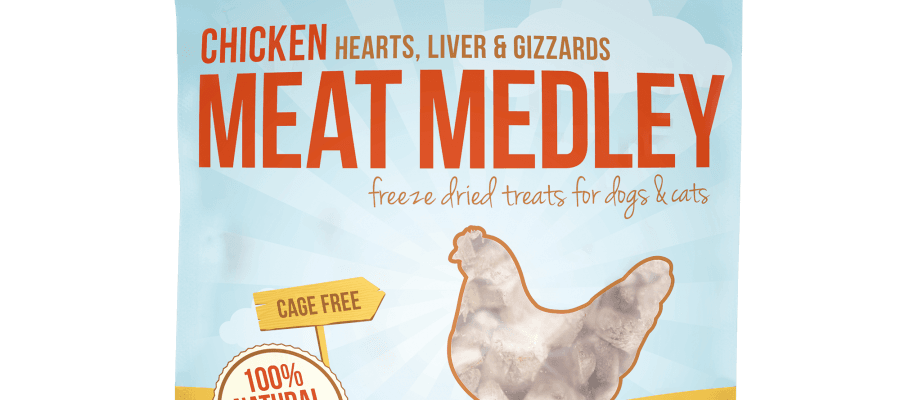
You walk into your kitchen, scoop dinner into your cat’s bowl, and walk away. But what if—without even knowing it—you’ve just served up a bowl full of danger?
Cat food recalls are happening more often than pet parents want to believe. Contamination. Mislabeling. Toxins. Even mold. Scary, right? And it’s not just cats—your dog’s food could be on the chopping block too. In a world full of processed food, endless additives, and mystery meats, how do you really know what’s safe anymore?
Let’s talk about what’s getting pulled from shelves, why it’s happening, and how you can protect your pets. We’ll also dive into storage hacks, balanced diets, and even a few feeding tricks that’ll make mealtime safer, fresher, and a whole lot healthier—for cats and dogs.
What Are Cat Food Recalls and Why Should You Care?
A cat food recall is when a manufacturer pulls a product off the shelves—either voluntarily or under government order—because something went wrong. It could be contamination (like salmonella), foreign materials (plastic or metal fragments—yep, that happens), or inaccurate labeling (missing vital nutrients or incorrect ingredients).
But here’s the thing: most people don’t hear about cat food recalls until it’s too late. Unless you’re checking recall databases or getting alerts from trusted sources, you might still have that bad batch sitting in your pantry.
And yes, your pet may be eating it right now.
Recalls are more than just inconvenient—they can be life-threatening. Cats, in particular, are sensitive to toxins like aflatoxins or vitamin D overload, which can cause anything from vomiting and lethargy to organ failure. Dogs face similar risks when their food is mishandled or improperly stored.
Top Reasons Behind Dog and Cat Food Recalls
Let’s break down the biggest offenders in both cat food recalls and dog food alerts:
- Bacterial contamination (salmonella, listeria, E. coli)
- Toxin presence, such as aflatoxins from moldy grains
- Nutritional imbalances, including too much or too little vitamins and minerals
- Foreign materials—think shards of plastic, rubber, or metal
- Undeclared allergens, like dairy, soy, or even proteins not listed on the label
- Improper processing, like undercooked raw foods or damaged packaging
What’s wild is that many of these issues stem from rushed production, poor quality control, or the use of cheap, substandard ingredients—problems that are all too common in mass-produced pet food.
Red Flags on the Label: What to Watch For
Buzzwords can be deceiving. “Natural.” “Gourmet.” “Human-grade.” You’ve seen them all. But none of these terms are strictly regulated—and many cat food and dog food companies rely on flashy labels to distract you from what’s inside.
So how do you spot a potential problem before the food ends up in your pet’s bowl?
Look for:
- Vague ingredients (e.g., “animal meal,” “poultry by-product”)
- Long ingredient lists with synthetic additives
- Artificial coloring or preservatives
- High-carb fillers like corn, soy, and wheat
- Lack of transparency about sourcing and processing
And avoid anything that doesn’t clearly list protein as the first ingredient. If a wet cat food is loaded with “gravy” but lacking actual meat? Skip it. And if that new raw dog food blend just says “meat meal” without specifics? Walk away.
Safe Storage: Why Your Dog Food Container Could Make or Break Mealtime
Let’s talk about that oversized bag of dog food you just opened. You clip the top shut and shove it into the corner of the pantry, thinking it’s safe. But guess what? Oxygen, humidity, and even bugs can still sneak in. And once they do, it’s game over for freshness—and safety.
That’s where a proper dog food container becomes your pet’s best friend.
Investing in an airtight, BPA-free container helps:
- Preserve nutrients longer
- Prevent contamination
- Keep out pests and mold
- Minimize oxidation (which affects flavor and safety)
Storing dog food or cat food in its original bag inside the container? Even better. Just don’t leave it sitting open and exposed—no matter how fancy the brand. Even premium food can go bad fast if you store it wrong.
Homemade and Raw: Are DIY Dog Food Recipes and Raw Diets Really Safer?
Short answer? Maybe. But only if you’re doing it right.
Homemade dog food recipes and raw dog food diets have exploded in popularity—and for good reason. More pet parents are frustrated by recalls and want full control over what goes in the bowl. But that control comes with serious responsibility.
Here’s what you need to know:
- Homemade meals must be complete and balanced. Tossing together rice, chicken, and veggies might look healthy, but your dog could be missing essential nutrients like calcium, omega-3s, or zinc.
- Raw feeding requires extreme caution. Raw meats can harbor dangerous bacteria like salmonella or listeria—putting both pets and humans at risk.
- DIY diets need vet-guided formulations. Otherwise, you risk deficiencies, imbalances, or overloads that could lead to chronic health issues.
So yes, skipping the bag is tempting. But if you’re going that route, work with a professional and choose real, species-appropriate ingredients. Or go for a trusted freeze-dried option that keeps nutrients intact without the risks of raw.
Wet Cat Food Warnings: It’s Not Just About Moisture
Wet cat food can be a great option for hydration and palatability—but it’s also where we see a lot of cat food recalls.
Why? Moisture is bacteria’s best friend.
Cans and pouches that are improperly sealed or processed can become breeding grounds for contamination. And since many wet cat food options are made with by-products or unnamed meats, it’s harder to verify the true quality of what’s inside.
If you’re feeding wet, choose options with:
- Transparent, limited ingredient lists
- Whole meat sources (like turkey, salmon, or chicken)
- No starches or thickeners (like carrageenan or guar gum)
And always store leftovers in the fridge—never leave wet food out for more than 30 minutes. Trust us, your cat won’t enjoy the tummy ache (or worse) that comes after.
What To Do If Your Pet’s Food Is Recalled
Panic? Nope. Act fast? Absolutely.
If you discover your pet’s food is part of a recall:
- Stop feeding it immediately.
- Check your lot number against the official recall notice (usually found on FDA.gov or the brand’s site).
- Contact your vet, even if your pet isn’t showing symptoms.
- Watch for signs like vomiting, lethargy, diarrhea, or changes in appetite.
- Report any issues to the FDA’s consumer complaint coordinator.
And please, don’t donate recalled food to shelters. If it’s not safe for your pet, it’s not safe for any pet.
Tips to Keep Your Pet Safe Moving Forward
Here’s how to build a safer, healthier mealtime routine:
Sign up for recall alerts through trusted sources like the FDA or pet food safety groups.
Rotate protein sources, but stick with the same trusted brand when possible.
Use a sealed dog food container to extend freshness.
Avoid overbuying in bulk, especially for wet cat food or raw dog food that spoils faster.
Trust your instincts. If the food smells off, looks strange, or your pet reacts negatively—ditch it.
And don’t be afraid to question labels. Ask the tough questions. Dig into sourcing. Transparency isn’t optional anymore—it’s essential.
Also, make it a habit to check expiration dates before buying or opening any pet food product. Even top-tier brands can have short shelf lives, especially if they skip synthetic preservatives (which they should). Store food in cool, dry spaces—not under the sink or in garages where temperatures swing wildly.
When introducing new dog food recipes or rotating treats, monitor your pet closely for reactions. Changes in stool, appetite, or energy levels may indicate a problem—or just a need to slow the transition.
And remember: feeding your pet isn’t just about avoiding danger. It’s about actively choosing wellness—one meal, one scoop, one read label at a time.
Why Remy’s Kitchen Stays Off the Recall Radar
We get it. Trust is earned, not assumed.
That’s why Remy’s Kitchen is obsessed with quality control, safe sourcing, and keeping things real—literally. Every freeze-dried nugget of our Superfood Snacks or Meat Medley treats is designed to support health without shortcuts. No fillers. No fake flavors. No junk ingredients that trigger recalls.
Just simple, functional nutrition that pets crave—and pet parents can trust.
While others chase trends, we stick to what works: small-batch, whole-food formulas made with integrity and science. And that’s exactly why you won’t find our name on a recall list.
But there’s more to it than just staying clean on paper. We take a proactive approach by choosing single-protein sources, maintaining traceability from farm to bowl, and avoiding high-risk ingredients that often lead to cat food recalls or raw dog food mishaps. Every recipe is developed with a nutrition-first mindset—preserving what nature intended without compromising safety.
By freeze-drying instead of baking or over-processing, we retain natural nutrients while eliminating the pathogens that make traditional raw diets risky. It’s this combination of caution, commitment, and common sense that keeps Remy’s Kitchen ahead of the curve—and off your worry list.



